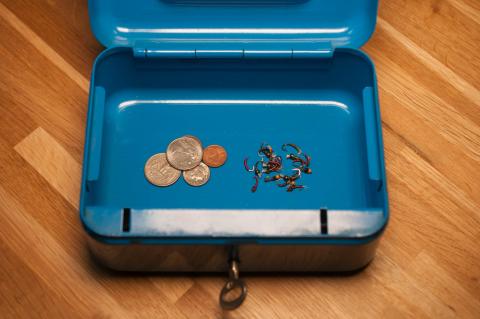Hi guys, me and Jan is coming to odense sometimes around 12 @ friday and we are both very eager to fish.
If there is some special maillist for the friday och any contact sheet please let me know!
my email is fredrik_odelberg@hotmail.com
best regards Fredrik
- Log in to post comments

